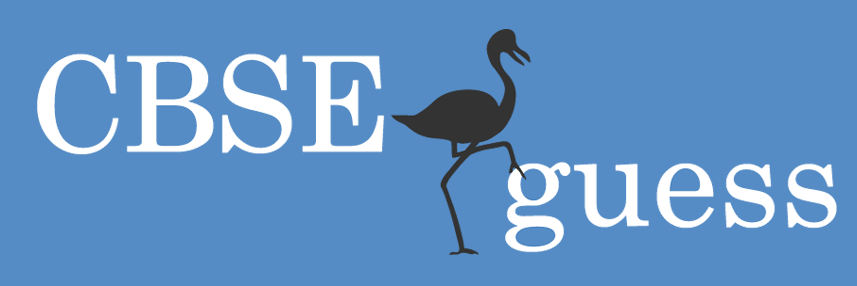Learning Math With Manipulative – Base Ten Blocks (Part I)
Base ten blocks are an excellent tool for teaching children the concept of addition because they allow children to touch and manipulate something real while learning important skills that translate well into paper and pencil addition. In this article, I will describe base ten blocks and how to use them to represent and add numbers.
The numbering system that children learn and the one most of us are familiar with is the base ten system. This essentially means that you can only use ten unique digits (0 to 9) in each place of a base ten number. For instance, in the number 345, there is a hundreds place, a tens place and a ones place. The only possible digits that could go in each place are the digits 0, 1, 2, 3, 4, 5, 6, 7, 8, or 9. In this example, the place value of the ones place is 5.
Base ten blocks turn the base ten concept into something children can see and touch.
Base ten blocks consist of cubes, rods, flats, and blocks. Cubes represent the ones place and look exactly like their name suggests – a small cube usually one centimeter by one centimeter by one centimeter. Rods represent the tens place and look like ten cubes placed in a row and fused together. Flats, as you might have guessed, represent hundreds, and blocks represent thousands. A flat looks like one hundred cubes place in a 10 x 10 square and attached together. A block looks like ten flats piled one on top of the other and bonded together.
In order to use base ten blocks to add numbers, students should be familiar with how to represent numbers using base ten blocks. To see what base ten blocks look like, and to try them out, go to the National Library of Virtual Manipulatives:
http://nlvm.usu.edu/en/nav/frames_asid_154_g_1_t_1.html
To represent a number using base ten blocks, make piles of base ten blocks to represent each place value. If your number was 2,784, you would make a pile of 2 blocks, a pile of 7 flats, a pile of 8 rods, and a pile of 4 cubes. It is useful to arrange the piles in a row in the same order that they appear in the number as that will be useful later on when children learn the paper and pencil algorithm.
Another useful skill to practice is trading base ten blocks. Each block can be traded for 10 flats, each flat for 10 rods, and each rod for 10 cubes. Going the other way, 10 cubes can be traded for one rod, 10 rods for one flat, and 10 flats for one block.
One simple use of base ten blocks that translates well to a paper and pencil method of addition is to add by regrouping. To add two or more numbers, start by representing each number with base ten blocks. Put all of the cubes from both numbers in the same pile; do this with the rods, flats, and blocks as well. Next, trade any groups of 10 cubes for a rod. Trade any groups of 10 rods for a flat; then trade any groups of 10 flats for a block. To read the resulting number, count the number of base ten blocks left in each pile and read the number.
To illustrate this procedure, picture the addition question, 568 + 693. After representing both numbers with base ten blocks and combining the piles of like base ten blocks, you should have a pile of 11 cubes, a pile of 15 rods, and a pile of 11 flats. Trading 10 of the cubes for 1 rod means you now have 1 cube, 16 rods and 11 flats. Trading 10 of the rods for one flat results in 1 cube, 6 rods, and 12 flats. Trading 10 of the flats for one block gives you your final piles of 1 cube, 6 rods, 2 flats, and 1 block. The answer to the addition question, therefore, is 1,261.
If you don’t have base ten blocks, you can use the virtual base ten blocks or make paper versions. If you need addition questions (with the answers included), you can access thousands of free math worksheets at http://www.math-drills.com.
In future articles, I will describe more uses for base ten blocks including subtraction and multiplication, and I will continue the series with other manipulatives that can help your child or student learn math.
About The Author
Peter Waycik is the creator of thousands of free math worksheets that can be found on his website, http://www.math-drills.com.
